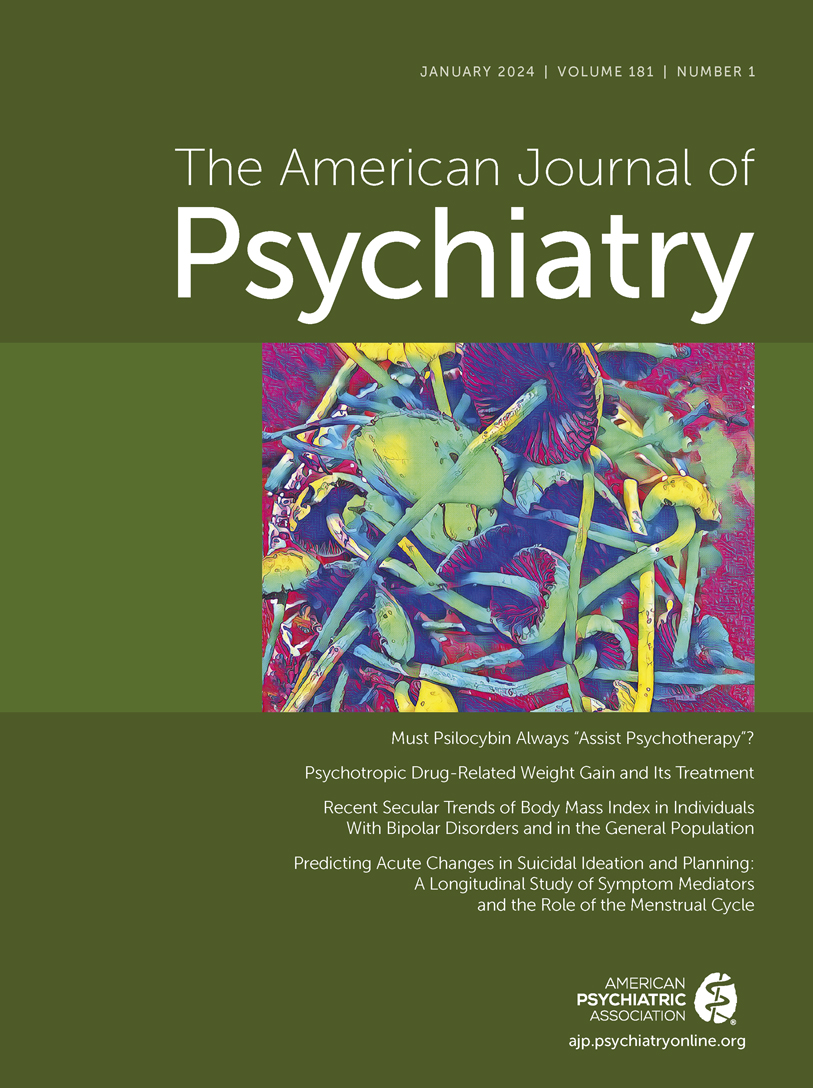Abstract
Objective:
The authors investigated the clinical outcomes of commonly used antidepressants among older adults who initiated first-time antidepressants for depression by analyzing the 1-year risk of selected clinically relevant outcomes.
Methods:
This cohort study used nationwide Danish registry data and included all older adults who redeemed a first-time (since 1995) antidepressant prescription with an indication of depression between 2006 and 2017. Only the 10 most frequently redeemed antidepressants were included in the analyses. Outcomes included discontinuation, switching, augmentation, psychiatric hospital contacts, suicide attempt or self-harm, fall-related injuries, cardiovascular events, and all-cause mortality. Incidence rate ratios (IRRs) and 95% confidence intervals were estimated using Poisson regression models, controlling for potential confounders.
Results:
The study sample included 93,883 older adults (mean age, 78.0 years, SD=7.5 years; 56% female). The most frequently prescribed antidepressants were selective serotonin reuptake inhibitors (citalopram, 47.04%; escitalopram, 11.81%; fluoxetine, 0.55%; paroxetine, 0.52%; sertraline, 11.17%), serotonin-norepinephrine reuptake inhibitors (duloxetine, 0.71%; venlafaxine, 1.54%), a tricyclic antidepressant (amitriptyline, 1.86%), and two atypical antidepressants (mianserin, 1.93%; mirtazapine, 22.87%). Compared with users of sertraline (the reference drug in this analysis, as Danish guidelines recommend it as the first-choice treatment for depression), users of most of the other nine antidepressants had a significantly higher risk of discontinuation (e.g., mirtazapine: IRR=1.55, 95% CI=1.50–1.61; venlafaxine: IRR=1.22, 95% CI=1.12–1.32), switching (amitriptyline: IRR=1.45, 95% CI=1.15–1.81; venlafaxine: IRR=1.47, 95% CI=1.20–1.80), augmentation, cardiovascular events, and mortality. Overall, mirtazapine and venlafaxine users had the most adverse outcomes compared with sertraline users. These results remained consistent in analyses stratified by sex and age (≤75 years vs. >75 years).
Conclusions:
This real-world evidence suggests that clinical outcomes may vary among initiators of commonly used antidepressants in older adults, which may inform benefit-risk evaluation at treatment initiation, and highlights the importance of careful selection of antidepressant treatment.
Access content
To read the fulltext, please use one of the options below to sign in or purchase access.- Personal login
- Institutional Login
- Sign in via OpenAthens
- Register for access
-
Please login/register if you wish to pair your device and check access availability.
Not a subscriber?
PsychiatryOnline subscription options offer access to the DSM-5 library, books, journals, CME, and patient resources. This all-in-one virtual library provides psychiatrists and mental health professionals with key resources for diagnosis, treatment, research, and professional development.
Need more help? PsychiatryOnline Customer Service may be reached by emailing [email protected] or by calling 800-368-5777 (in the U.S.) or 703-907-7322 (outside the U.S.).



